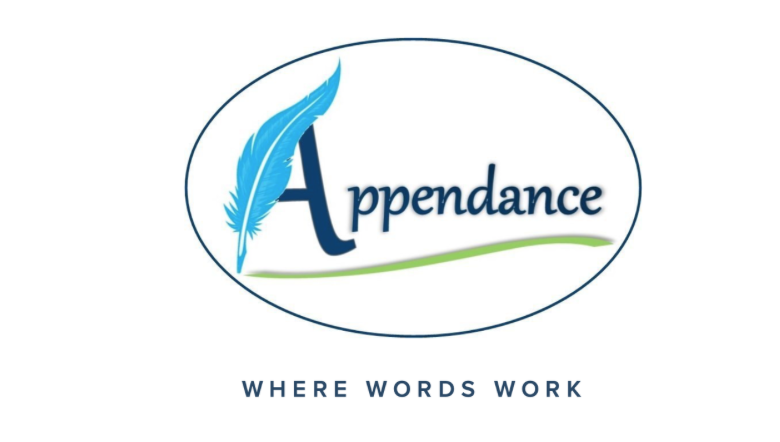Greetings: How to start your email with the right tone!
Jenny Morse, PhD
Author and CEO
Email is a slow, written conversation. The greeting is how the conversation starts. It’s the first thing the reader hears in your voice (The subject line is technically first, but we don’t read it in the voice of the writer). And it has a big impact on how the reader interprets the rest of the message.
According to the research, the best greeting includes two parts:
1. A greeting word or phrase
Hello
Hi
Good morning
Good afternoon
Greetings
Dear
2. The person’s name or a name for the group:
Ms. Smith
Jane
Jane Smith
all
everyone
folks
team members
Friends
If your greeting only uses 1) a greeting word or phrase, the message seems impersonal and possibly spam-like.
If your greeting only uses 2) the person’s name or a name for the group, the message seems angry, accusatory, or rude.
Want a more in-depth refresher on professional writing?
Try our Better Business Writing: On Demand course. This self-paced, virtual course will teach you strategies to become a more efficient and effective writer, and provide you with expert feedback
The combination of 1 and 2 creates the most positive starting tone for a message. And that tone is important because writing will never sound as nice as anything we could possibly say. Writing doesn’t have a face, or a voice, or a body. The words have to do all the work on their own.
The choices you make for the greeting word/phrase and name also set the formality of the message. The most formal greeting is
Dear Ms. Smith:
You should use this greeting if you don’t know Ms. Smith, she has power over you, and you don’t like her or care if she likes you.
You can adjust it a little by using a comma:
Dear Ms. Smith,
This greeting works if you don’t know Ms. Smith, she has power over you, and you hope to get something from her or work with her beyond this initial message.
More commonly, people address each other by first name with a less formal greeting like “Good afternoon” or “Hi.”
Good afternoon, Jane,
Hi, Jane,
You’ll notice that both of these greetings have 2 commas, which will probably look strange to you. These commas are correct. In fact, the comma between “afternoon” and “Jane” is absolutely necessary. You must use it.
The comma between “hi” and “Jane” is grammatically correct and should be used, but few people use it and no one cares.
The difference is that “Good afternoon Jane” without the comma means something different from “Good afternoon, Jane” with the comma. “Good afternoon, Jane” is saying good afternoon to Jane. “Good afternoon Jane” is calling Jane a good (as opposed to bad) and afternoon (as opposed to morning) Jane. So you might have more than one Jane in your office and this one is the good afternoon one.
Whereas, “Hi Jane” is no different in meaning from “Hi, Jane” (things would be different if “hi” were “high”).
Both greetings end with a comma because the greeting is the introduction to the message and gets a comma (or colon in extremely formal messages) to distinguish the greeting from the message body.
Notice that the list of possible greetings does not include “hey.” At this moment, “hey” is considered too informal for professional emails. That doesn’t mean you can’t use it–you can use it if you are writing to someone you know and are friendly with, especially if they use “hey” first. But you can’t use “hey” when writing to someone you don’t know.
Now that you’ve learned about email greetings, test your knowledge with our quiz!
If you’d like a visual of these greetings, head over to our online courses for a free downloadable tip sheet that includes information on greetings.
If you’d like to learn more about crafting strong emails, take a look at our Email Excellence course.








